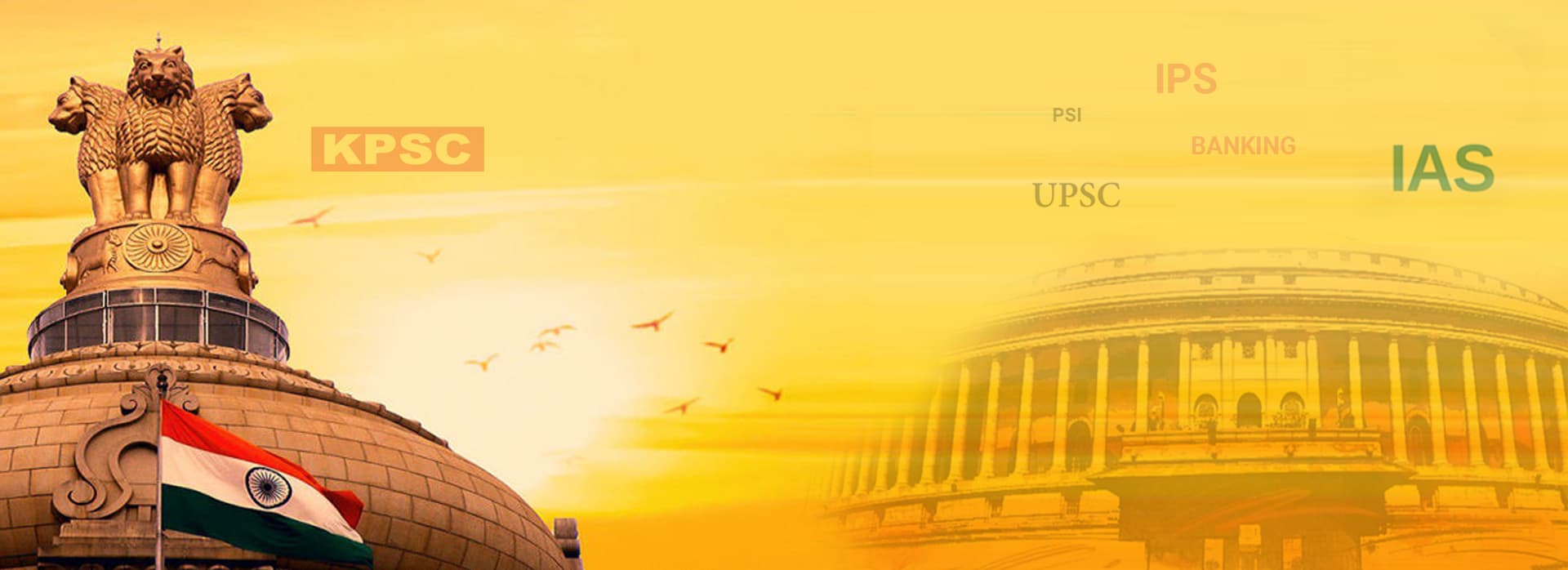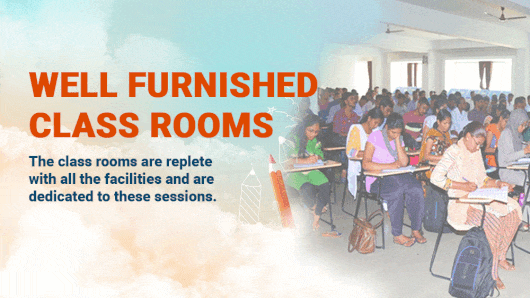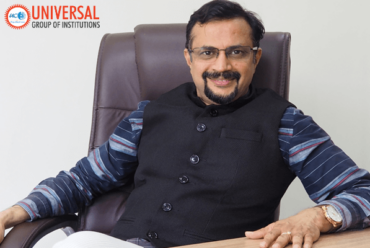OPEN THE GATES, FINE TUNE
Syllabus:
GS-2:
- Government policies and interventions
- Issues related to the vulnerable section of the population.
Why in the News?
- The announcement of a nationwide caste census marks a turning point in India’s social justice discourse, shifting the debate from “why” to “how” and “what next.”
- This move has the potential to restructure reservation policies, strengthen data-driven governance, and reshape electoral strategies, pushing both political and policy circles toward long-awaited systemic reform.

CASTE CENSUS GAINS MOMENTUM
- Political Timing – The caste census announcement is a pre-emptive response to Rahul Gandhi’s demand, aiming to secure the BJP’s non-savarna voter base.
- Historical Wrong – For decades, governments offered affirmative action to OBCs without even counting them — a fundamental democratic oversight now being addressed.
- Public Demand – The push comes from a social justice movement rooted in the ideas of Lohia, Karpoori Thakur, and others who made caste visibility a mission.
- Credit Battle – While political actors jostle for recognition, the actual credit lies with grassroots movements and state-level precedents like those in Bihar and Telangana.
- First Victory – For Rahul Gandhi, this marks a major policy breakthrough as Leader of Opposition, shifting Congress’s narrative toward inclusive representation.
HOW CENSUS SHOULD BE CONDUCTED
- Full Integration – The caste enumeration must be part of the official Census, not a parallel exercise, to avoid bureaucratic sabotage like in 2011.
- Complete Coverage – All castes, including those in the general category, must be counted to uncover hidden privilege and ensure data completeness.
- Avoid Disruption – The caste census must remain separate from National Population Register processes to avoid political controversy and technical derailment.
- Data Expansion – Caste data must include ownership patterns, employment details, and resource distribution to build a comprehensive equity profile.
- Form Revision – The Census Household Schedule should integrate SECC variables such as land ownership, profession, and education, for deeper insight into disparities.
BEYOND BASIC CENSUS DATA
- Unseen Inequity – The Census cannot capture elite dominance in sectors like corporate leadership, high-ranking posts, or private education access.
- Supplementary Data – Additional surveys must map resource concentration across castes using tools like the Economic and Agricultural Census.
- Inclusive Surveys – Existing datasets like the Periodic Labour Force Survey and Consumer Expenditure Survey must now include jati-level analysis.
- Institutional Mapping – Caste-based representation should be mapped in public sector employment, legislatures, and private universities to measure social capital access.
- Asset Indexing – A national caste-wise inventory of assets and opportunities should be developed to aid in targeted policy-making.
RETHINKING AFFIRMATIVE ACTION POLICIES
- Policy Revision – Caste census data must help reform reservation systems, making them data-backed, transparent, and aligned with current caste realities.
- EWS Justification – The 10% EWS quota must undergo evidence-based scrutiny using new caste-disaggregated data to evaluate constitutional fairness.
- Dynamic Lists – Based on fresh data, some jatis should be added or removed from OBC lists to ensure accurate representation.
- Intra-Group Quotas – Sub-quotas within SC/ST/OBC groups should be explored to address internal disparities and prevent elite capture.
- Judicial Endorsement – The judiciary has long sought empirical proof for reservations; this census can serve as the gold standard of evidence.
POTENTIAL POLICY DISRUPTIONS AHEAD
- Beyond Ceiling – With OBCs likely exceeding 45% population, the 27% quota may demand an increase, challenging the 50% ceiling.
- Court Contradictions – The Supreme Court allowed the EWS quota beyond 50%, setting a precedent that could now be used for OBC expansion.
- Private Sector Push – New data may reveal deeper inequalities in the private sector, pushing for reservation in private jobs and institutions.
- Legal Gaps – Existing laws may need revision to enable affirmative action in private universities and enterprises, requiring legislative intervention.
- BJP’s Challenge – With its social justice rhetoric, the BJP must now act on Congress’s challenge — Will it expand quotas or stay cautious?
SOCIAL JUSTICE REVIVAL AND FUTURE
- New Momentum – The caste census brings fresh energy to a movement plagued by stagnation, internal rifts, and institutional resistance.
- Beyond Reservations – A broader equity framework is needed beyond quotas, including access to capital, education, and entrepreneurial resources.
- State Participation – Stronger roles for states like Tamil Nadu, Bihar, Telangana must be institutionalized in designing local equity frameworks.
- Technology Tools – Using digital governance tools can help build a real-time caste equity dashboard, increasing transparency and accountability.
- Constitutional Spirit – The caste census, if properly executed, can uphold the constitutional mandate of substantive equality, rather than symbolic appeasement.
CONCLUSION
The caste census is more than a numerical exercise; it is a democratic corrective. Done well, it could transform affirmative action, recalibrate social equity, and empower marginalized voices. The census must be transparent, inclusive, and utilized wisely. It opens the gates for a new, evidence-based era of social justice policymaking.
Source:The Hindu
MAINS PRACTICE QUESTION
Q. The caste census presents both an opportunity and a challenge for India’s social justice framework. Examine how the census can be effectively used to fine-tune affirmative action policies. (Answer in 250 words)





